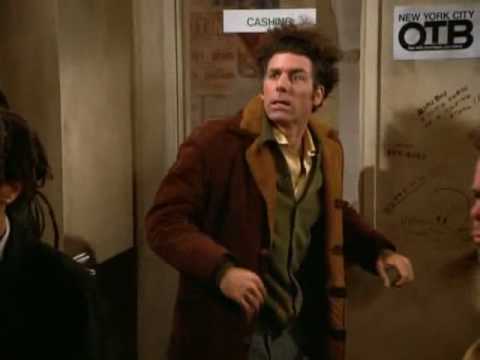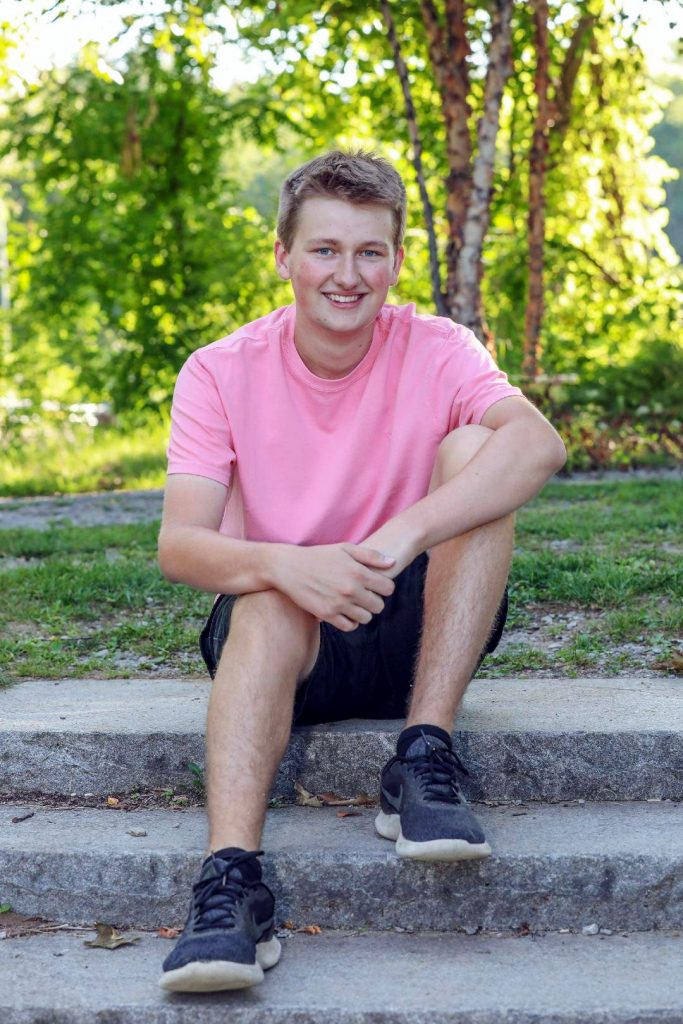By Kaylee Johnson
Campus News
In college, education majors are handed textbooks written by doctors with snobbish last names and handbooks endless field terminology. For some, it is surprising to deal with the amount of clinical resources given to them – as on the surface, it seems like an easy major. In reality, the major itself isn’t too difficult. The classes are straightforward and the standards can be applied in minutes, but what’s most jarring about being in education, is actually stepping into the field and knowing how to conduct lessons that spark student comprehension and understanding while also adding unique flair.
As a teenager, I was concerned that majoring in education would take away from my creativity, as many lessons do appear prescribed and lackluster – high school teachers reading off of PowerPoint slides and watching the clock. It was the eccentric writing teacher I had my junior year that inspired me to go into education. Her offbeat lessons were always highly artistic and engaging and made me consider the fact that classrooms are only as creative as the teachers running them.
Terms like “running records” or “developmental readiness” make the field of education seem completely detached from the arts, and closer to STEM. In fact, my undergraduate degree is a Bachelors of Science. With that being said, education is deeply intertwined with the arts, as the act of teaching is a performance that must be completed well and differentiated each school day.
The logical, scientific elements of teaching that are essential for data keeping and growth monitoring would not be possible without innovative educators, challenging traditional lecturing and reading off of note cards. Effective teachers gauge all of the different learning styles in the classroom early in the school year and take them into account when making lessons. The art is not in the report cards or assessments, it’s in the hands on activities and engaging assignments that go beyond glossaries and stats.
Teaching does require educators to comply a bit to make sure students are meeting milestones, but creating those lessons to meet milestones is an art. For instance, an adding lesson can be done very rudimentarily – worksheets and whiteboard, and while students will probably still retain the information and get the gist of basic addition, they will not be as eager to add on to that concept and expand on their learning. Standards can still be meet, even if lessons look unique. Students are much more likely to respond to hands on activities with variety than a premade step by step lesson from the guidebook. I had a professor in college tell me to use the guidebooks as a foundation, but to rely heavily on my own teaching style and ideas.
Looking at things more in depth now, I am so grateful I did not stray away from education for fear of losing my connection to the arts. It is also important to remember that teachers and all professionals can have interests that aren’t directly connected to their field of work. Sometimes having hobbies outside of the workplace can make employees stronger – for instance, my writing helps me conduct ELA lessons. There is immense joy in seeing children beg for more reading time or analyze symbolism in one of my favorite poems. STEM and the arts are viewed as opposites in academia, but it is interesting how well they flow together in teaching. I view my role and its responsibilities less as losing that abstract part of myself, and more as sharing it with my students. Hopefully, they go on to explore themselves and all of their artistic potential after they leave my classrooms.
Kaylee Johnson is a 2020 graduate of the College of Saint Rose in Albany.







Facebook Comments